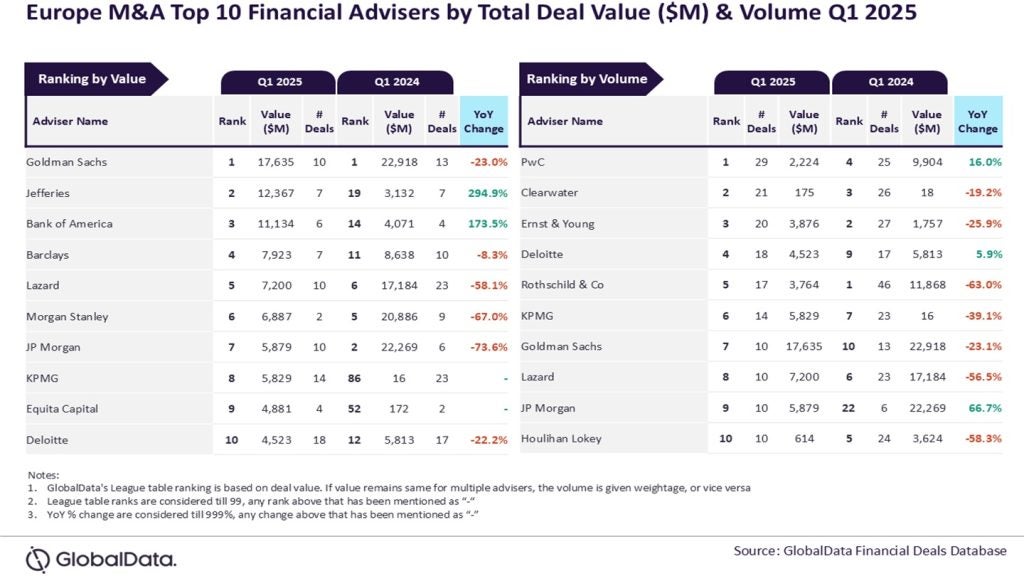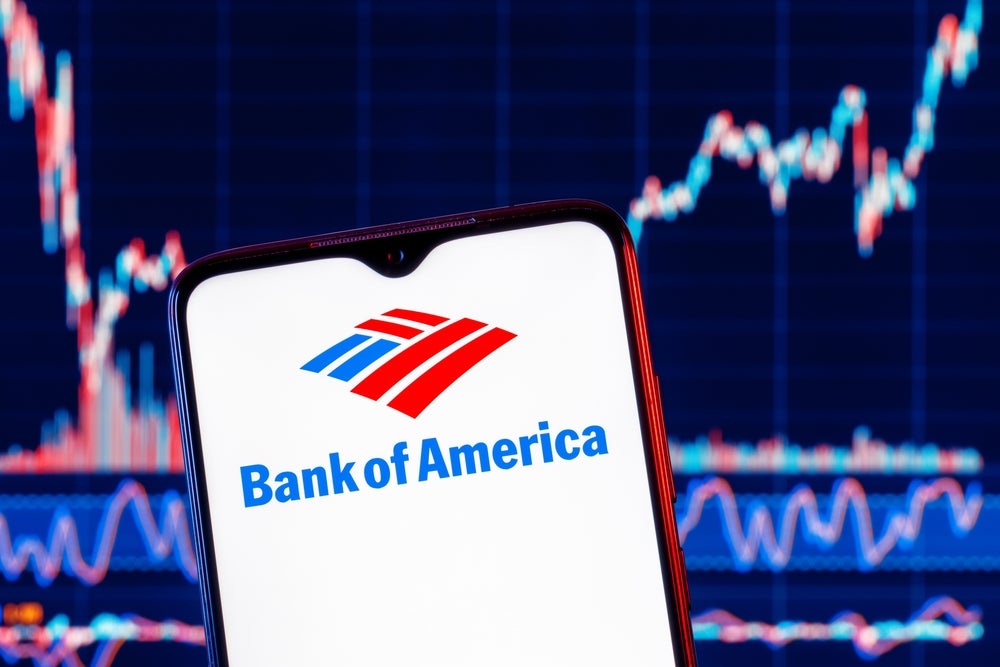CBDCs Explained: Potential of Central Bank Digital Currencies
President Biden’s executive order on 9 March for an assessment to be made on the risks and benefits of creating a central bank digital dollar sparked a fresh wave of interest in central bank digital currencies (CBDCs).
The move showed recognition that the technology that powers the cryptocurrency market, now worth more than $3trn, has a key part to play in the financial stability and competitiveness of the US, along with its national security.
While part of the US thinking is undoubtedly to protect consumers from the high volatility and risk associated with Bitcoin and other cryptocurrencies, it also reflects a strategic need to retain the primacy of the US dollar in the world economy. It could also open the door to greater financial inclusion among unbanked people worldwide using the US dollar.
Digital payments are already preferred to cash by many businesses. CBDCs promise a less volatile, better regulated option for those without a bank account. While that has potential benefits worldwide for those without access to financial services, it can boost financial inclusion among Americans too. Around 5% of Americans – usually poorer ones – are reported not to have bank accounts due to high fees or other issues.
The attraction of CBDCs to governments and central banks lies in having control over the currency, reducing the risk of currency-related financial shocks and being able to harness the benefits of blockchain technology. The US understandably needs to be more cautious because of the global role of the US dollar.
Delay risks creating a vacuum
But the danger of delay is that it creates a vacuum that will be filled by stablecoins, which are also pegged to traditional currency such as central bank issued USD and therefore offer the benefits of blockchain technology, without price volatility and without reducing central bank controls. CBDCs are similar to stablecoins, but are directly issued by a central bank, rather than by a privately run entity.
Being pegged to a currency means that neither CBDCs nor stablecoins are subject to the huge swings in value that are commonplace with cryptocurrencies.
Privately held stablecoin issuers, which are not banks, may end up working with central banks who do not see it as their role to provide technology infrastructure. New regulation may render these stablecoin issuers the banks of the future. Banks have stricter oversight, which would help ensure the security of stablecoins and their underlying assets, thereby reducing overall risk.
US needs to get a move on
The US needs to get a move on though. Of the countries with the four major central banks – the US, the Eurozone, Japan, and the UK – the US is furthest behind in development of its own CBDC, although the US dollar does have a substantial lead in private stablecoin representation. The private stablecoin phenomenon, which is already upon us, may lead to an increase in global adoption of USD.
Worldwide, nine markets have launched CBDC programmes, 15 are running pilots and 16 have development initiatives underway, according to the Atlantic Council. China has successfully run several trial programmes across several tier-one cities, although its CBDC is not based on blockchain technology, and may not provide the same levels of technical efficiency and open innovation. Most financial transactions in business in Western economies are already digital. The ledgers managing the transactions and balances are simply held by banks. A non-blockchain CDBC may simply bring the central bank into direct contact with retail consumers, perhaps bypassing retails banks in certain scenarios. This is not necessarily a meaningful step-change or efficiency enabler.
Similar to stablecoins, CBDCs based on blockchains could become far more efficient than physical cash and existing digital payment systems as their inherent security features enable low cost, instant peer-to-peer transfers as well as asset trades using smart contracts. Like both cryptocurrencies and stablecoins, CBDCs may enable those who are unbanked to get easier and safer access to money via their mobile. And they can help monetary policy flow more quickly and seamlessly, and be integrated with a tax collection regime.
The true efficiencies of blockchain can be found in the ability to make peer-to-peer payments, usually leading to much lower costs, removing barriers to entry, the ability to trade digital (and tokenised real world) assets for instant settlement, and finally the ability to fully automate processes that deal with such digital funds and assets (e.g. automated lending and borrowing, with yields for investors), all with no intermediaries. These efficiencies are already becoming apparent in the cryptocurrency world, including with stablecoins.
Central banks will need the oversight to fight financial crime without undermining users’ trust in the privacy of their transactions, particularly because personal data held by businesses is under constant threat of cyber-attack. The private sector has a role to play here.
If CBDCs were launched leveraging blockchain technology, then the broad adoption of CBDCs will further drive these efficiencies, and the tokenisation of real-world assets, and platforms that support this, such as SilentData, will be used to bridge the systems and data outside the blockchain with CDBC-based transactions. Such platforms provide maximum data protection to all parties by using privacy-preserving technologies, ensuring that personal or commercially sensitive data is not shared with the ledger executing the transactions. Furthermore, SilentData reduces the need for businesses to collect or store sensitive personal or commercial data in the first place, thereby reducing their cyber-attack surface.
CBDCs or widely adopted (regulated) stablecoins will happen; it’s just question of how quickly. For governments and central banks, such digital assets form part of nation-building. Their job is to address the security concerns of those unfamiliar with blockchain-based banking and help them to understand the efficiency and transparency that it brings.







